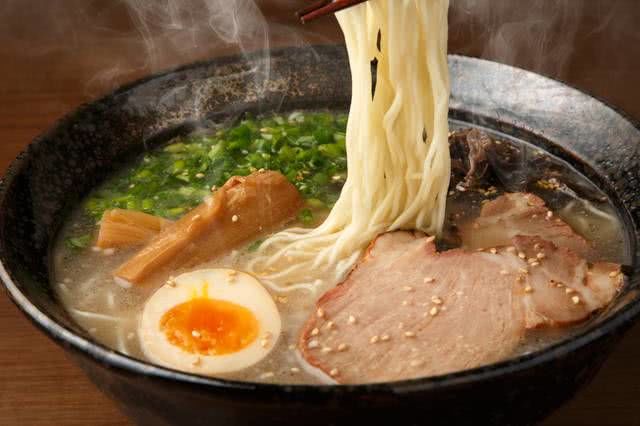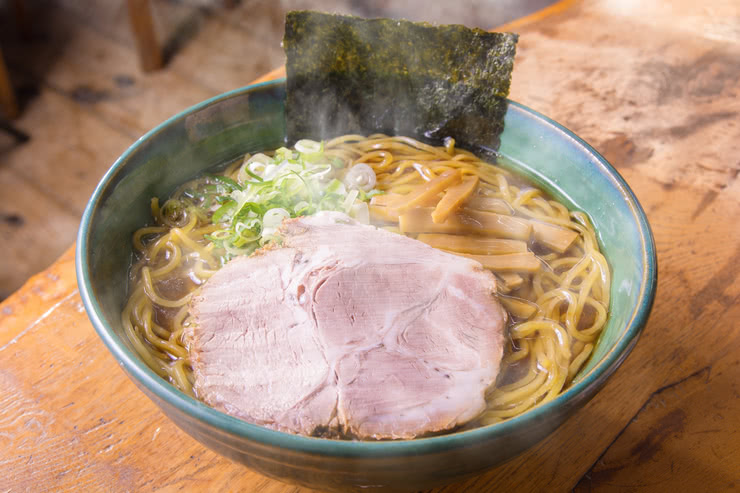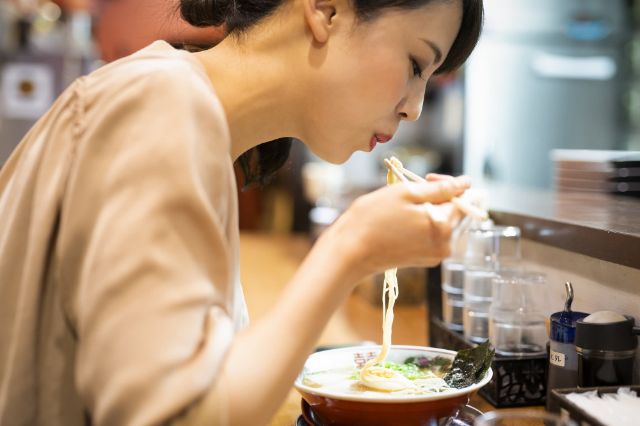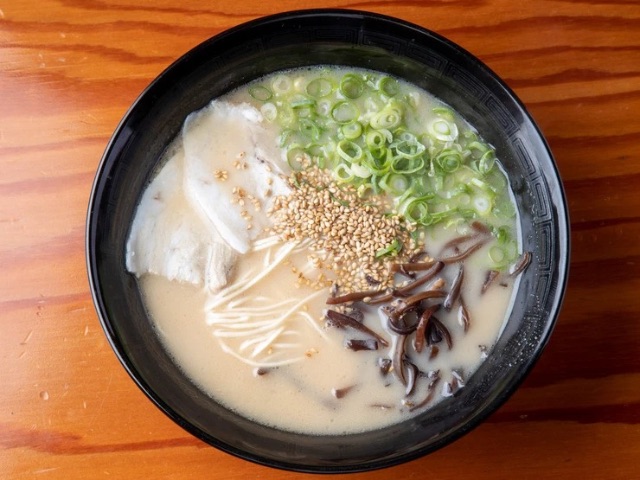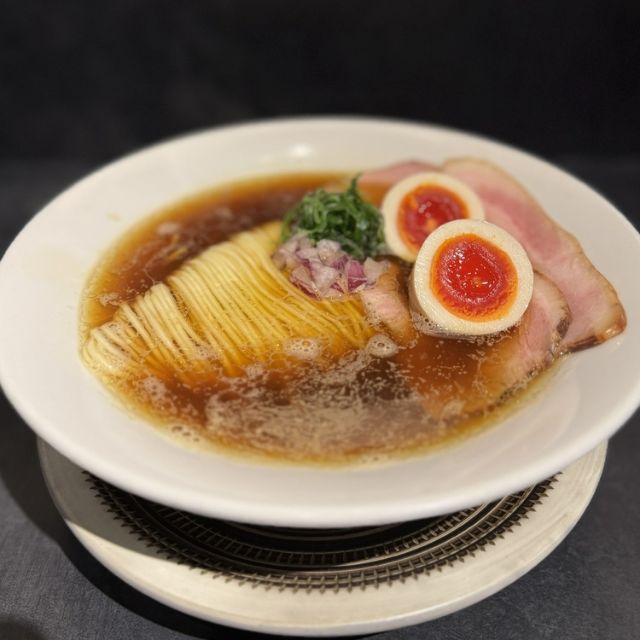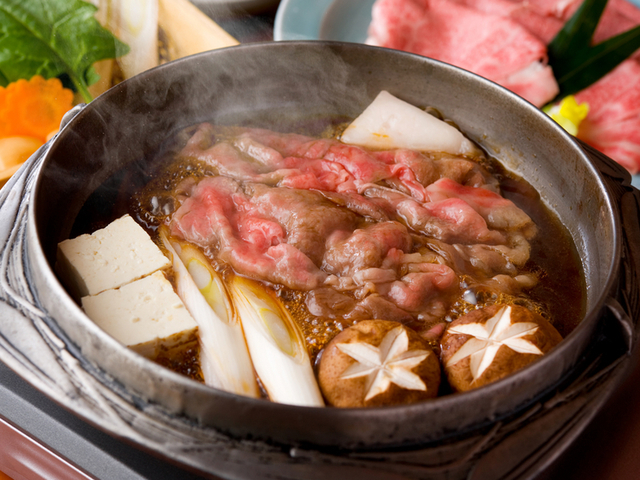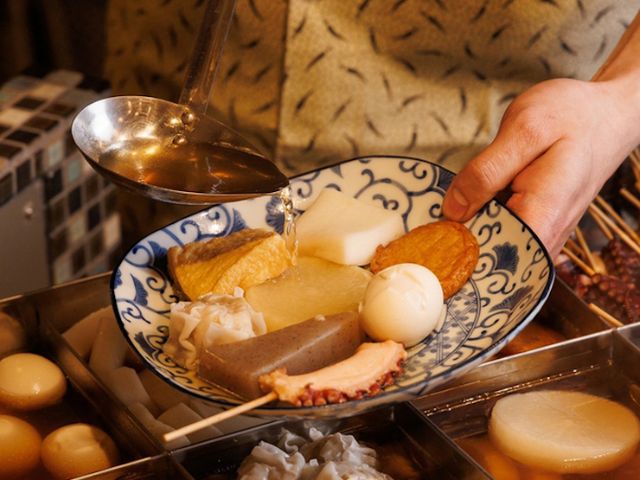现在你也能成为拉面达人!全面解析各种拉面类型
1. 什么是拉面?
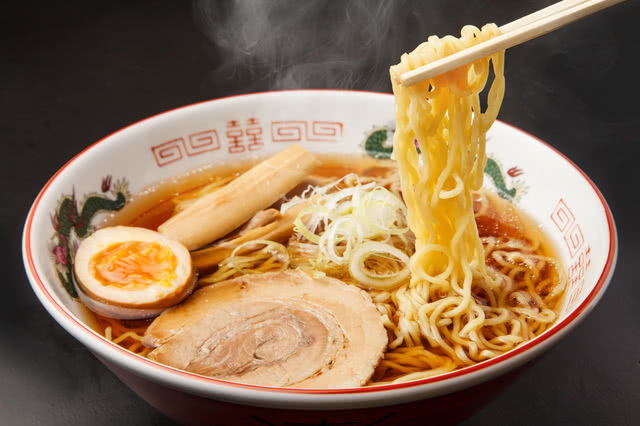
拉面是一种将煮熟的中式面条加入汤中,再搭配多种配料制作而成的面食。它虽然源自中国面食,但在日本逐渐发展出独特的风格。面条的粗细、形状与含水量各有不同,汤底和配料的种类也极其丰富多样。
2. 拉面的历史
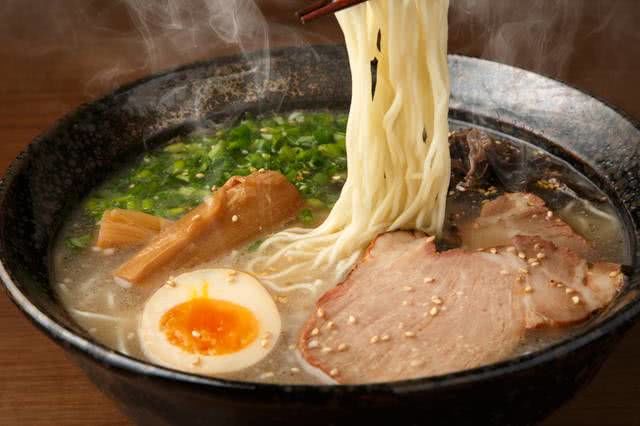
1910年,日本第一家结合日本饮食文化的中式面条餐厅在东京开业。从1920年代到1937年(第二次世界大战前夕),拉面店在日本各地迅速兴起。战后,许多新的拉面摊也随之出现。拉面不仅价格低廉,而且美味又营养丰富,因此在物资短缺的年代尤其受欢迎。
在过去的80多年里,各式各样的拉面店遍布全国,如今拉面已被称为“日本的国民美食”。
3. 拉面的主要类型
[酱油拉面] 与 [味噌拉面]
![[Shoyu Ramen] and [Miso Ramen]](https://rimage.savorjapan.com/svj/image/discover_oishii_japan/3237/article_224397_w640z.jpg)
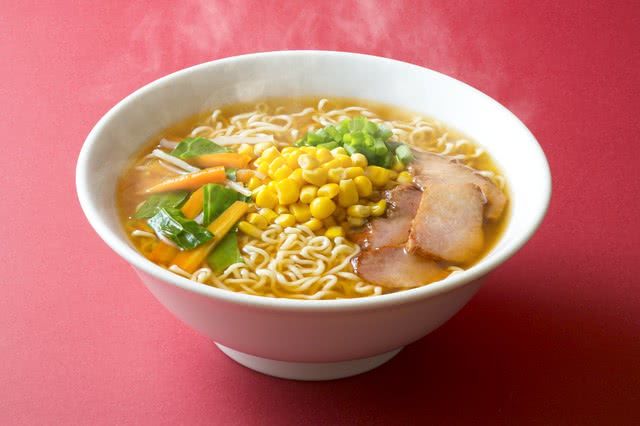
汤底以酱油为基础,风味差异很大:从使用鸡骨或蔬菜熬制的清淡高汤,到浓厚的猪骨汤都有。
味噌拉面
汤底以味噌调味的酱料为基础,味道浓厚丰富。据说这种拉面由北海道札幌市著名拉面店“味之三平”的老板于1961年发明。
[猪骨拉面] 与 [盐味拉面]
![[Tonkotsu Ramen] and [Shio Ramen]](https://rimage.savorjapan.com/svj/image/discover_oishii_japan/3237/article_224399_w640z.jpg)
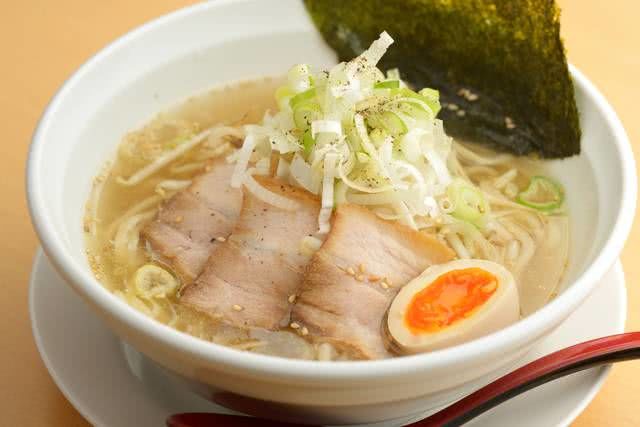
汤底使用长时间煮制猪骨获得的高汤,具有独特香气和浓厚口感。许多猪骨拉面呈乳白色浓汤,以九州的博多拉面为代表。
盐味拉面
汤底以盐调味为基础,其特点是高汤的鲜味非常突出,相较于其他拉面更加清淡、易入口,因此很受欢迎。
[海鲜拉面] 与 [担担面]
![[Seafood Ramen] and [Tantan-men]](https://rimage.savorjapan.com/svj/image/discover_oishii_japan/3237/article_224401_w640z.jpg)
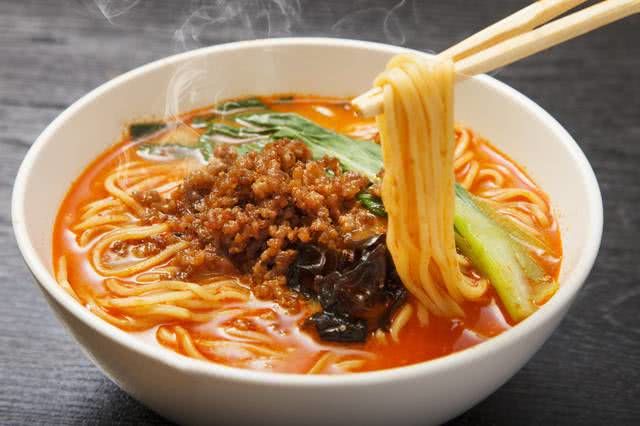
汤底使用多种海鲜,如干鲣鱼、昆布、小鱼干等,特点是鲜味浓郁。
担担面
据说源自中国四川地区,由四川厨师改良以适应日本口味。在日本,通常使用带有芝麻风味的辣汤,并配以甜面酱调味的碎猪肉等配料。
4. 拉面衍生品
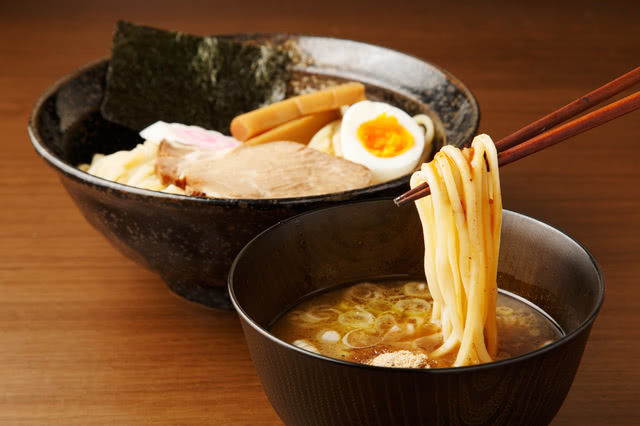
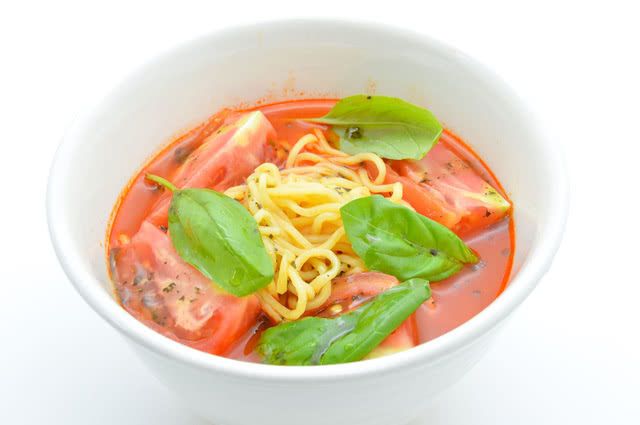
煮熟的面条先浸入水中,然后放入单独的碗里,通过沾取浓厚的拉面汤食用。有时面条会再次用热水加热。沾汁的味道比普通拉面汤浓厚。一些店铺提供[汤割]服务,也就是说,当你吃完面条后,可以将猪骨汤或鸡骨汤等加入沾汁中饮用。
油拌面(Abura Soba)
碗底放少量[酱油基浓酱和油],面条用其拌匀后食用。常见配料有叉烧(烤猪肉)、笋干(发酵竹笋)或切碎的葱。根据个人口味,还可以加入辣油或醋等调味料。
辣味拉面
以鸡骨、猪骨、海鲜等高汤为基础,这种拉面的特点是加入味噌、辣椒、蒜等调料的辣汤。一些店铺允许顾客选择辣度。
创意拉面
许多餐馆制作独特的拉面,例如意大利风味的番茄汤、海鲜(如牡蛎、蛤蜊)、咖喱汤等各种创新汤底。
5. 著名地方拉面类型
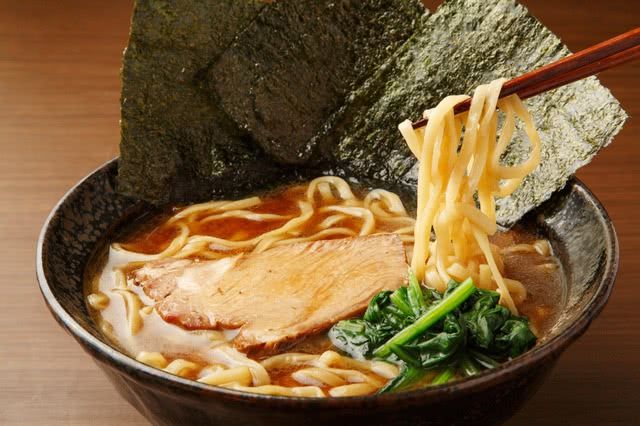
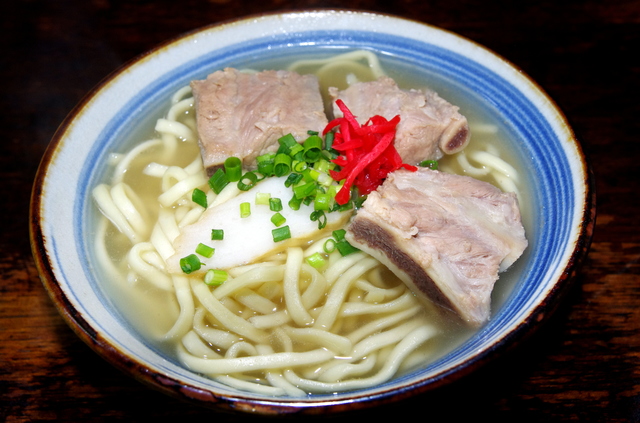
日本各地有丰富的[地方拉面]种类。
旭川拉面(Asahikawa Ramen)
北海道旭川市的地方拉面。通常使用酱油味汤底,搭配猪骨和海鲜(如干凤尾鱼)熬制的高汤。由于北海道气候寒冷,汤面上会漂浮一层脂肪以保持温度。面条通常为白色卷面。
札幌拉面(Sapporo Ramen)
北海道札幌市的地方拉面。最常见的是蒜味浓味噌拉面。常用配料有豆芽和用猪油炒制的肉末,面条通常为粗卷面。
喜多方拉面(Kitakata Ramen)
福岛县喜多方市的地方拉面。通常为清淡的酱油汤,调味易入口,面条为有嚼劲的扁卷面。
东京拉面(Tokyo Ramen)
定义多样,但通常指老式酱油拉面。汤清澈、酱油味,面条一般为中等粗细卷面。常见配料有叉烧、笋干、海苔片和白葱。
横滨拉面(Yokohama Ramen)
神奈川县横滨市的拉面。最受欢迎的类型是粗、有嚼劲的面条配浓汤,汤底由猪骨、鸡油和酱油糊组合而成。通常可以根据喜好加入海苔、菠菜、大蒜、姜、芝麻等调味料。
京都拉面(Kyoto Ramen)
京都拉面在日本拉面中以浓厚著称。特点是浓厚酱油味汤、胶质感或其他独特特性。汤底多样:猪骨、鸡肉、蔬菜或鸡骨熬制。
博多拉面(Hakata Ramen)
这是一种来自福冈县福冈市博多地区的地方拉面。其特点是使用几乎只由猪骨熬制而成的浓郁汤头,并经过长时间煮制。一些店家还会加入磨碎的大蒜等调味料。博多拉面也因其“替玉系统”而闻名,顾客可以根据自己的食量追加一份面条。
冲绳荞麦面(Okinawa Soba)
冲绳地区的地方拉面。面条以小麦粉制成,汤底咸味,使用猪骨高汤。常见配料有甜味煮猪五花肉、葱和姜。
6. 典型配料与常见浇头
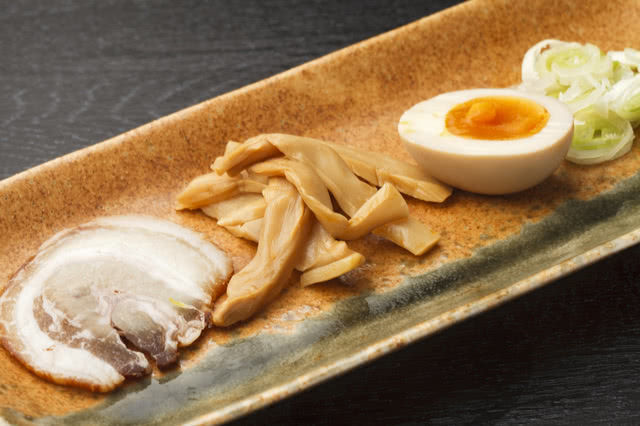
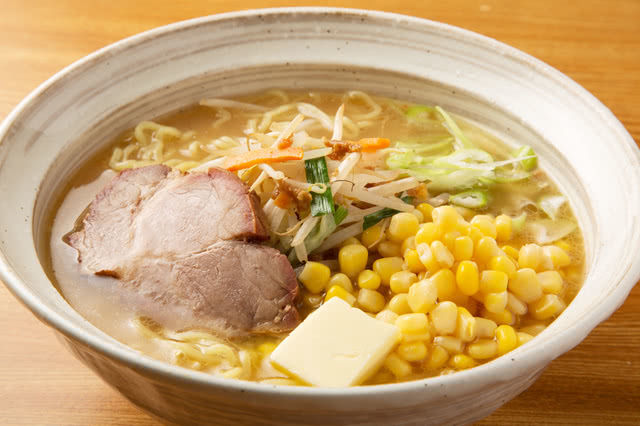
See full listings of Ramen restaurants.
免责声明: 所有信息均根据当时情况刊载。
根据地区寻找拉面的餐厅
根据地区寻找拉面的餐厅
关键词
相关文章
分類
菜式
归档
- 2025年12月(11)
- 2025年10月(5)
- 2025年09月(4)
- 2025年08月(7)
- 2025年07月(19)
- 2025年06月(15)
- 2025年05月(34)
- 2025年04月(44)
- 2025年03月(28)
- 2025年02月(36)
- 2025年01月(24)
- 2024年12月(64)
- 2024年11月(38)
- 2024年10月(13)
- 2024年09月(50)
- 2024年08月(60)
- 2024年07月(29)
- 2024年06月(857)
- 2024年05月(23)
- 2024年04月(1)
- 2024年03月(1)
- 2024年02月(2)
- 2024年01月(2)
- 2023年12月(1)
- 2023年11月(2)
- 2023年09月(1)
- 2023年08月(1)
- 2023年07月(1)
- 2023年04月(1)
- 2023年01月(2)
- 2022年12月(1)
- 2022年11月(1)
- 2022年10月(1)
- 2022年09月(1)
- 2022年08月(1)
- 2022年07月(1)
- 2022年06月(1)
- 2022年05月(1)
- 2022年04月(3)
- 2022年03月(2)
- 2022年02月(3)
- 2021年10月(2)
- 2021年09月(1)
- 2021年08月(1)
- 2021年07月(2)
- 2021年06月(1)
- 2021年05月(2)
- 2021年04月(2)
- 2021年03月(3)
- 2021年02月(5)
- 2021年01月(5)
- 2020年12月(5)
- 2020年11月(7)
- 2020年10月(10)
- 2020年09月(2)
- 2020年08月(4)
- 2020年06月(1)
- 2020年05月(1)
- 2020年02月(2)
- 2019年12月(6)
- 2019年09月(1)
- 2019年08月(7)
- 2019年07月(11)
- 2019年06月(10)
- 2019年05月(8)
- 2019年04月(1)
- 2019年03月(1)
关键词
按地区探索餐厅
-

东京
作为日本最大的城市,东京是日本美食文化的中心。东京的各类餐馆提供您所能想象到的各色美食。丰洲鱼市为各餐馆常备全国最优质的鱼类。
-
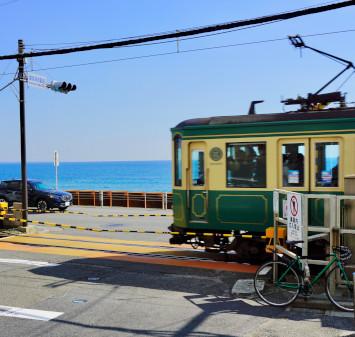
东京周边地区
东京周边的滨海、群山、山谷遍布着温泉和滑雪道等各种旅游景点,许多特色美食只有在当地才能吃到。
-
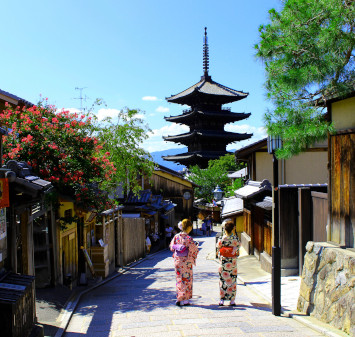
京都和大阪地区
京都和大阪两个城市及其周边地区自七世纪起就深深影响着日本的饮食文化。该地区的娱乐活动、神户牛肉和各种传统料理声名远洋。
-
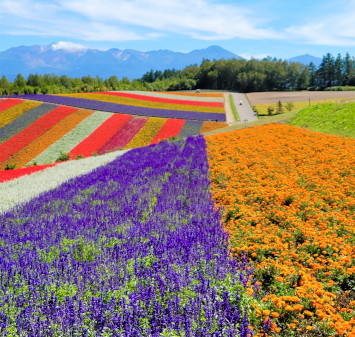
北海道
北海道出产各种品质最优的产品,如大米、肉类、蔬菜、鱼类和水果。北海道的招牌菜有炉端烧(将食物串在竹签上慢烤)和札幌拉面。
-
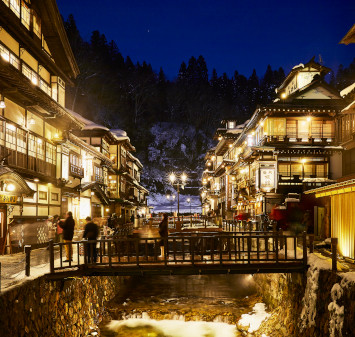
本州北部(东北地区)
日本本岛本州的北部因时令水果和蔬菜以及全国首屈一指的鱼产(尤其是大间的金枪鱼)而闻名遐迩,还有来自米泽、仙台、山形的美味牛肉。
-
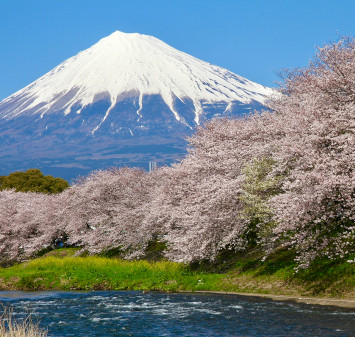
本州中部(中部地区)
中部地区是日本本岛本州的中心,该地区的饮食文化反映了东日本和西日本的美食交汇的地理位置。这里有美味的飞驒牛肉、举世闻名的富士山及许多广受称赞的清酒酿造厂。
-
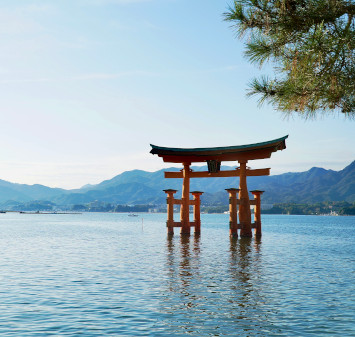
本州西部(中国地区)
中国地区位于日本本岛西南部,物产丰富。许多产品享有日本国内最优的美誉,包括鸟取的松叶蟹和广岛的生蚝。这里出产的梨和麝香葡萄也是最优等级。
-
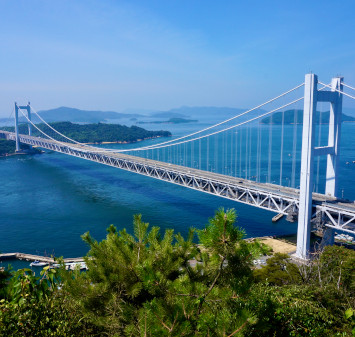
四国
四国气候温和,最适合种植酢橘等柑橘类水果。四国出名的还有赞岐乌冬面、爱媛县产量极高的斑节虾及日本国内最优质的虎河豚。
-
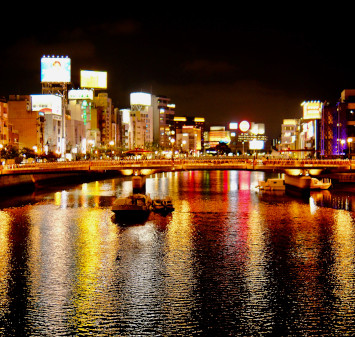
九州岛
西方文化最初是经由九州岛传入日本,九州岛为日本的第三大岛,因深受葡萄牙与其他西方料理的影响,使其发展出多彩的料理传统。
-
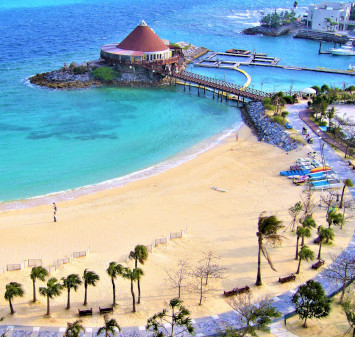
冲绳・琉球群岛
冲绳县位于日本最南端,这里有风靡日本的各种特色料理和特饮,包括冲绳荞麦面、特色寿司配料、泡盛酒。
